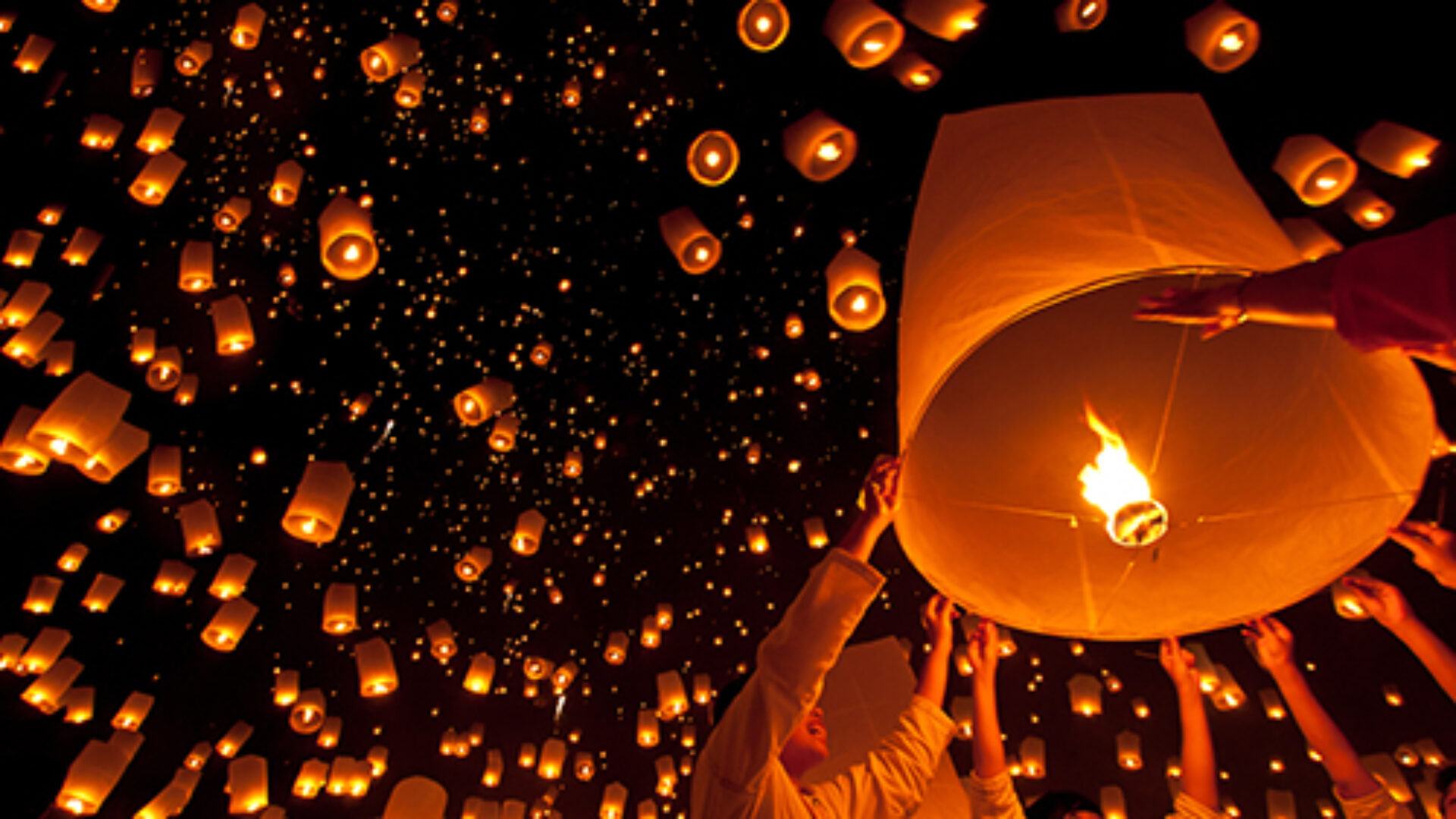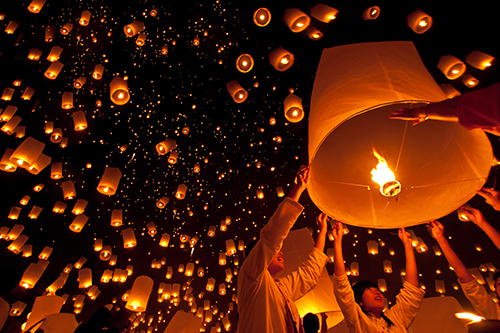
By Nicole O’Leary, Vice President, Creative, The Expo Group
Written for Facilities & Destinations Magazine
Audiences expect to be engaged by their event experiences, and thinking tactically is not going to help an organization exceed expectations. Aim to be strategic in creating events and conventions that compel attendees to transform their work, improve themselves and crave the next one by using design thinking. Designers are used to questioning the status quo and can help your teams rethink the event or convention experience from start to finish. Designers are well-versed in how to incorporate technology, how to stay on budget and the generational needs of your attendees. Design thinking encourages everyone to think about the human beings and how each element of an event will impact their individual and group experiences.
 The Unexpected – People are fascinated with discovery and simple, positive surprises – particularly when they earn them. Infuse paths or mechanisms into the event that draw them into a mystery they need to uncover. Don’t spoon feed. Imagine if attendees were challenged to find a lost lecture, or a VIP speaker hidden away.
The Unexpected – People are fascinated with discovery and simple, positive surprises – particularly when they earn them. Infuse paths or mechanisms into the event that draw them into a mystery they need to uncover. Don’t spoon feed. Imagine if attendees were challenged to find a lost lecture, or a VIP speaker hidden away.Events and conventions are in a state of change, and it can be hard to keep up, but the only wrong decision is to stagnate. Challenge the design thinking on your team and with your vendor partners. Beta test a few things and let go of a few things at every event. About 20 percent to 30 percent of the elements within the overall experience should be in beta each time around.
Measurement is critical to understand what types of engagement is working. Collect quantitative and qualitative data that will build event after event, year after year, to support new experiences and ideas that deserve resources to grow and to identify ones that didn’t work.
Always think, if you were describing your event to a friend or family member over coffee or a glass of wine, would it be something you would say “Oh my, you had to be there!”? Design your event to be a must-attend experience!
Table Topics – It’s not natural for younger audiences to start up a conversation – think about ways to group people by what they may be interested in personally and provide pre-set topic tables that give them a reason to start connecting.
Food Alleys – Millenials spend 30% of their income on food – it’s important! Consider how this is reflected in the F&B budget. Healthy options are way past trendy and now mandatory. Try an international food tasting, and think about heading outside the walls to gourmet food trucks.
Movie Night – Repurpose all that AV! After a general session could you transform to casual seating, wheel in the popcorn and watch a popular movie? Or try a series of cult movies that get to the heart of your attendees’ personal preferences.
Challenge Them– People crave adventure and competition. When you bring people together to solve a common challenge whether it be a Guinness Book of World Records attempt or a simple step challenge. Memories are built with joint activities.
Nicole O’Leary, Vice President, Creative, leads Experience Design at The Expo Group, overseeing creative and strategic teams to deliver unique, compelling and memorable experiences that attract, engage, immerse and reward. Nicole has led experience design and creative efforts for large associations, corporate events and global brands in her 15-year career. She believes focusing on attendee-journey-centric design means creating physical, emotional and learning environments that ensure a complete immersion of client’s audiences in their brands, for all generations and all budgets. In addition to her leadership role at The Expo Group, Nicole loves sailing in Buzzard’s Bay off Cape Cod and snowboarding with her family.